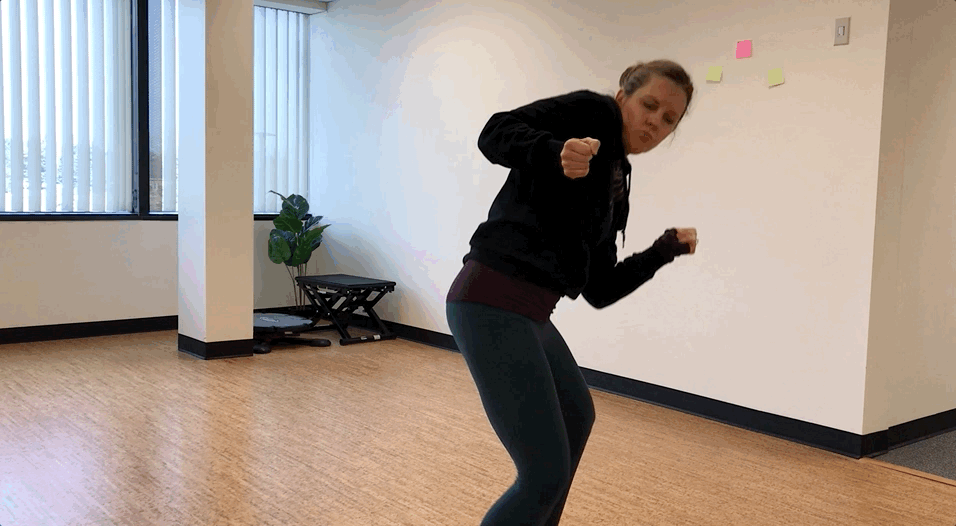Soreness. It’s very much a part of any summer dance intensive experience. At a summer dance intensive, you’re most likely dancing harder, for more hours per day, and for more hours per week than you usually do. You might also be doing new things- like conditioning, flamenco, or partnering work- that are challenging you in ways you didn't expect.
As a result, your body might feel quite a bit more sore than it usually does. With little time to recover between days of dancing, you need to do everything you can to keep your soreness down and your dancing ability up. Read on for the 8 top tips I gave some summer dance intensive participants earlier this week- simple strategies that can help you dance at your best all intensive long.
1. Understand that soreness is normal. “Delayed Onset Muscle Soreness” (DOMS) or that stiff and tired feeling you have for about 2 days after working out really hard, is common when you do something that is new or something that is much more difficult than what you normally do. This dull ache in your muscles (sometimes you feel stiffness in your joints, too) is a normal part of pushing yourself to your limits. It can be pretty intense, but usually gets better within 2-3 days and gets less intense as you get more used to dancing harder and more. So, hang in there and give it time. With a multiple week intensive, you’ll probably feel less and less sore each week.
2. Warm-up. Although you may think that the warm-up in your first dance class of the day is enough of a warm-up, it’s likely not. Even a basic demi, demi, grande plié at the beginning of a ballet class is actually pretty intense and if it’s the first big movement or your day, your body probably isn’t ready for it. Arrive to your intensive early each day and take 5 or 10 minutes to get your body moving in a way that feels good for you. Your body is “cold” in the morning, so focus on small, gentle movements and easy active stretching, just until your joints feel loosened and your muscles are a little warm. Just this one small step can make a big difference in the amount of soreness you feel at the end of your day.
3. Cool down. Dance intensive days can end fast, too. At the end of your last class, you are probably really warm, sweating, tired, and dancing “full out” to your best ability… Then, all of the sudden, you stop, gather up your things, and head out the door, right? This quick change from “full out” to full rest can be pretty shocking to your body and can add to your post-dancing soreness. Taking even just 5 or 10 minutes to stretch, relax, and do gentle movements at the end of your day can help your body slowly ease back down from 100%... and can help you feel much much better.
4. Eat enough protein. Protein is essential to keep you strong, healthy, and able to take on the demands of your summer dance intensive without breaking down. Specifically, protein is the stuff that your body uses to build and rebuild your muscles after you challenge them. How much do you need? 1.4-1.6 grams for every kilogram of body weight… which translates, for example, into about 90 grams per day for a dancer who weighs 125 pounds. Protein shakes or supplements are not necessary- regular foods like meats, nuts, milk, yogurt, cheese, rice with beans, and tofu often have plenty of protein to meet your needs.
5. Drink enough water. Water is another critical ingredient to your health and muscle function when you dance. It helps your muscles function efficiently so you don’t have to work any harder than you should or be more sore than necessary after a hard day of dancing. Drink water regularly and throughout your day to make sure you don’t get thirsty and have to gulp down large amounts later. While there are many recommendations out there about how much you should drink, the real answer is actually in your output… clear or light yellow urine means you are drinking just the right amount.
6. Eat small amounts of food throughout the day. Even though food and water are super important to helping you stay strong and ward off excessive soreness, big meals don’t always work well with a tight schedule or with needing to dance hard all day long. Instead, keep snacks that you can eat in very small portions with you all day. Trail mix, pretzel chip + peanut butter “sandwiches”, or small containers of yogurt in an insulated bag are just a few options to help you make sure you get enough food for a whole day of dancing... without ever feeling too full.
7. Use “pampering” treatments. Pampering treatments are what I call those things that don’t really address the underlying reason why you are getting sore… but feel pretty good and just might help you rebound back todancing a little bit more quickly. Foam rolls, massage sticks, ice packs, camphor and menthol rubs (like Tiger Balm), compression clothing, and massage are all great options for managing soreness between dance intensive classes or days. A couple of words of caution: 1. Be careful to only use ice at the end of your day- not just before dancing- because the numbness and stiffness caused by ice are counterproductive and can be even dangerous when you are dancing. 2. Make sure that you don’t use any “pampering” treatments to try to cover up pain that should be evaluated by a medical professional.
8. Understand that pain is not normal. While soreness is a normal part of challenging your body, any sensation that goes beyond what could be called soreness into what you would call pain is not- especially when it has a bad effect on your dancing or doesn’t go away pretty quickly. If you are experiencing pain, it’s important that you take care of yourself- back off from whatever movement is causing the pain and consult your doctor or physical therapist to get a clear answer of what is going wrong and how you can keep dancing or get back to dancing quickly and safely. If you’re not sure where to go or what to do next, call Melissa Reh, PT at (847) 345-2246 or inquire here for a free, no-obligation consultation to help get you headed in the right direction.
Happy Dancing!!
Additional Resources:
5 Top Ways For Dancers To Stay Healthy in 2017
But Isn't Being A Dancer Supposed To Hurt?
Fueling The Dancer by the International Association for Dance Medicine and Science





